“I once loved trying out samples,” indie artist Sarah Campbell shared, “but after that lawsuit, even the thought of clearing a five-second loop triggers my anxiety.” The financial and emotional toll of the legal struggle, despite believing that her usage was fair use, has fundamentally altered Campbell’s creative approach. Sampling—integrating existing recordings into new music—is a common practice across genres such as hip-hop and electronic dance music, fueling innovation and influencing the sound of modern music. Yet while sampling serves as a vital tool for creativity, the looming threat of legal issues is creating a chilling effect on the music industry, suppressing artistic freedom which could hinder music’s progress.
In the music industry, there are many steps to go through before an artist releases music, one of these is the copyright law.
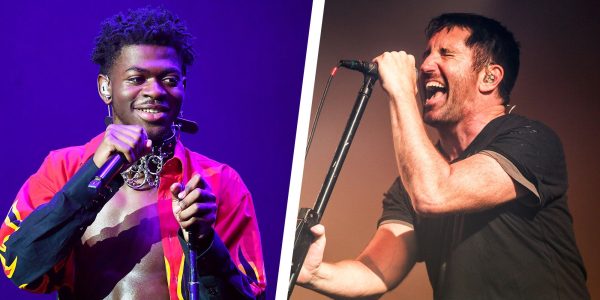
Copyright law requires permission to sample copyrighted music but “fair use” and “de minimis” are exceptions, allowing limited use of sampling without asking for permission. These concepts are ambiguous and subject to interpretation, which makes it difficult for artists to determine if their sampling is legal. This creates a challenging workspace for artists who want to incorporate samples in their music. An example of this is popular artist Lil Nas X with his hit song “Old Town Road.”While the song was a massive hit, it faced sampling controversies as the song’s producer, YoungKio, had purchased a beat online sampling “34 Ghosts IV” by Nine Inch Nails,” as stated by “Digital Music News.”This ultimately led to a legal settlement where Trent Reznor and Atticus Ross of Nine Inch Nails received writing credits and a share of royalties.
Independent artist Jessica Ube who hasn’t released any music yet was “scared of releasing any music as [she doesn’t] want any backlash from the public for using sampling [she] can’t use [her] creativity freely.”These controversies regarding sampling cause hesitancy among artists.This is especially apparent if an artist is not signed by a huge label. Without a big label they won’t be able to clear their sample as they don’t have access to these resources. On top of this, artists would then be pressured to pay the fine if they sample illegally. As a result, many songs have been altered due to sampling issues, with one example being the hit song “Run This Town” by Jay-Z, Rihanna, and Kanye West.”TufAmerica Inc. filed the lawsuit, claiming that an uncleared sample of Eddie Bo’s 1969 song “Hook & Sling.” appeared on the track” according to the article “Jay-Z’s “Run This Town” Copyright Infringement Lawsuit Thrown Out.”The sample then had to be cleared,leaving it a difficult and expensive process. While the song was ultimately released with the sample, it was an extraneous experience for Jay-Z and made artists more cautious about sampling in the future.

Although artists should have some free will to sample music, under the “fair use” exception it’s important to protect the rights of original artists and copyright holders to create a sustainable and creative system. Unauthorized use of their work undermines an artist’s ability to earn a living from their creations and discourages future artistic endeavors. Copyright laws serve to incentivize creativity by ensuring that artists are recognized and compensated for their intellectual property. The ethical considerations surrounding sampling are complex and often debated. The line between inspiration and infringement is blurry, residing in a gray area between acknowledging influence and outright copying. Artists can balance creative expression with respecting intellectual property rights by prioritizing proper clearance for samples, even when unsure of legal necessity. This can make artists strive to make sampled material into something new and original, rather than simply replicating music. There are a few artists that can do this without any controversies attached. One of these artists who uses samples and makes it work is Ava Max.Westconn freshman, Isabella Gonzalez shared that she “liked Ava Max using old song samples and seamlessly puts into her song making it her own, especially Ava’s song ‘Kings and Queens.’ It samples the song ‘If You Were A Woman(And I Was A Man)’ without even noticing it.”.Gonzalez therefore believes that artists like Ava Max, can sample effectively and bring their credit to the song, not just simply replicating it. This is just one example of sampling but if there were clear guidelines for “fair use,” creating for a more accessible and affordable sample clearance process, then artists would be able to use their creativity and make their music using samples. While there are sample clearance services that get a sample cleared in minutes, there are some limitations to them such as their costs. These services often cost a lot of money to get and there is no guarantee of success in using the service.
All in all, the fear of lawsuits and sampling altogether harms the music industry’s creativity. The future of music hangs on striking a balance between safeguarding the creator’s rights, and fostering an environment where artistic innovation can thrive.


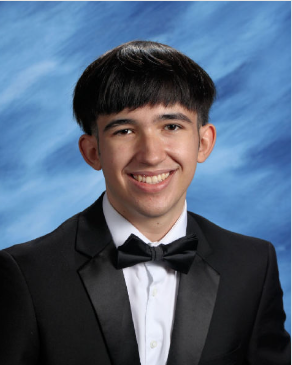



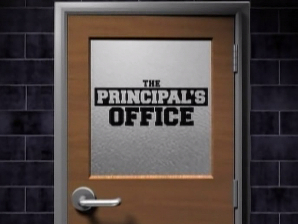
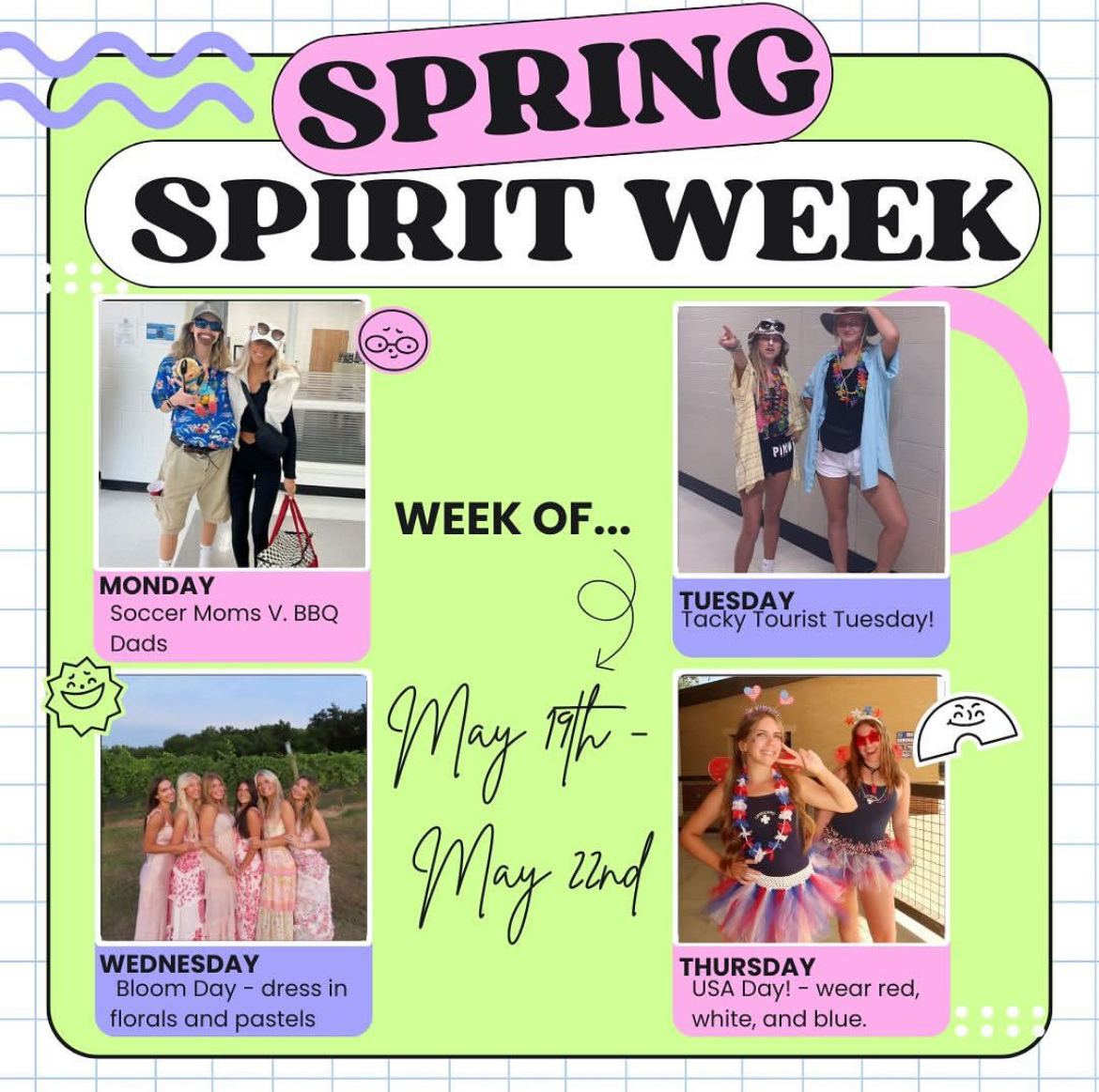
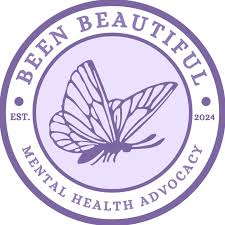
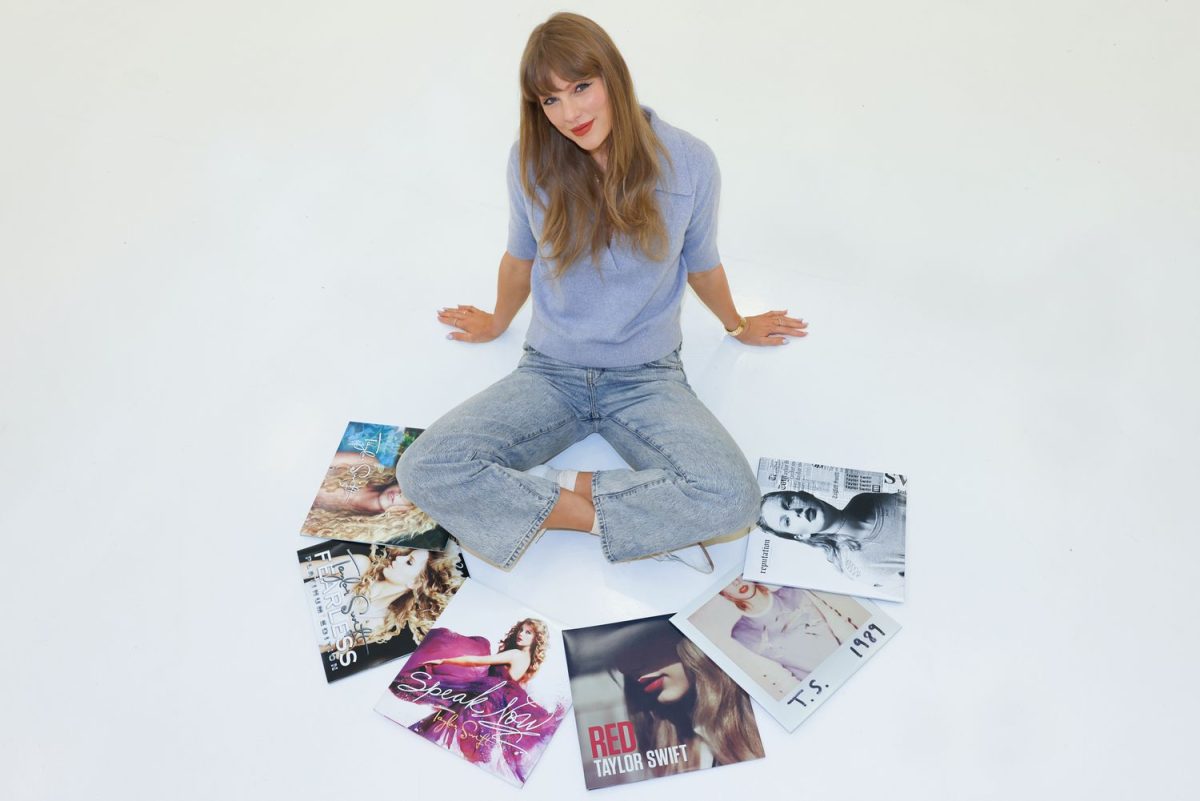

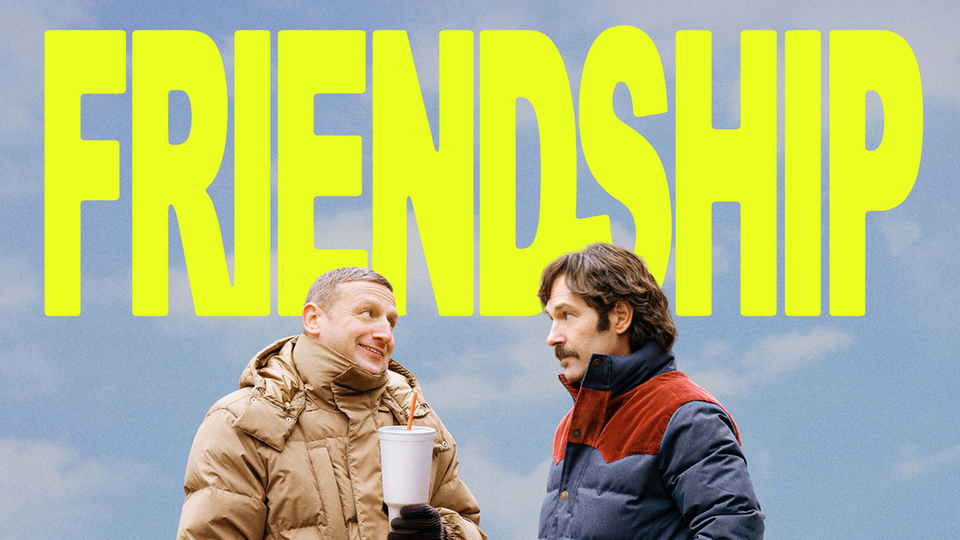
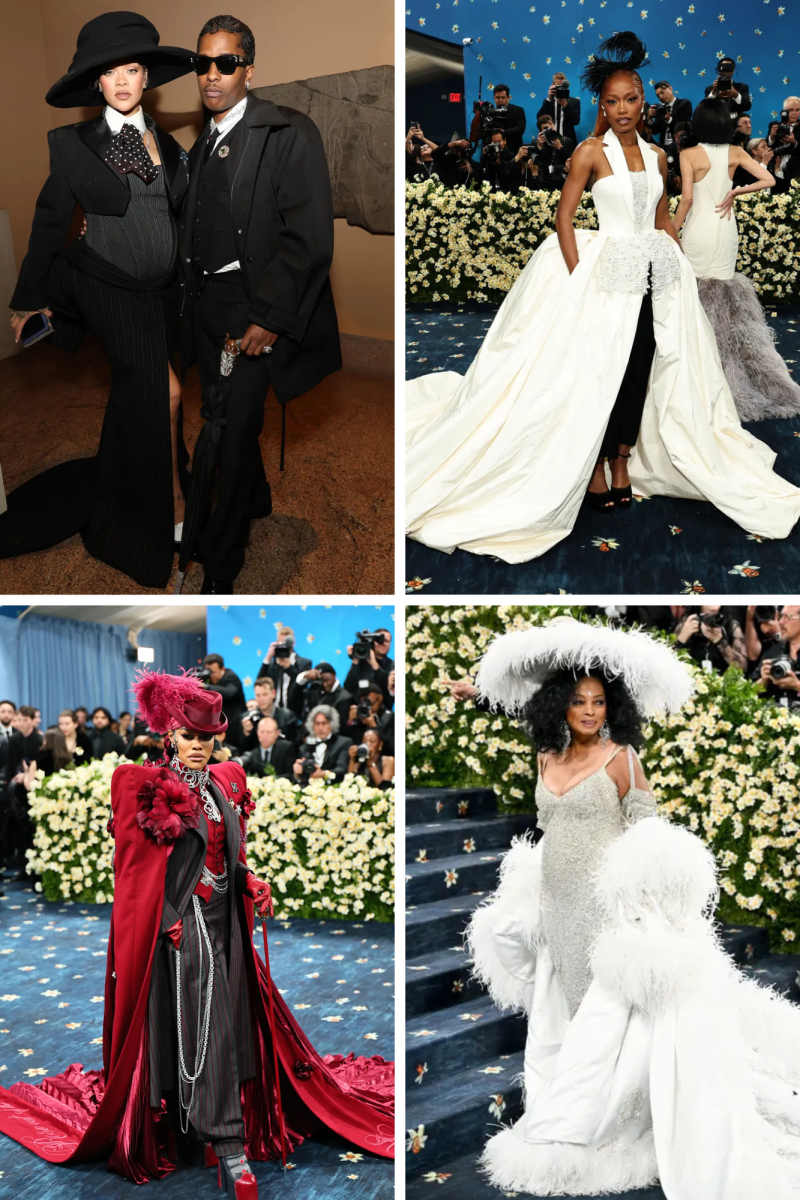
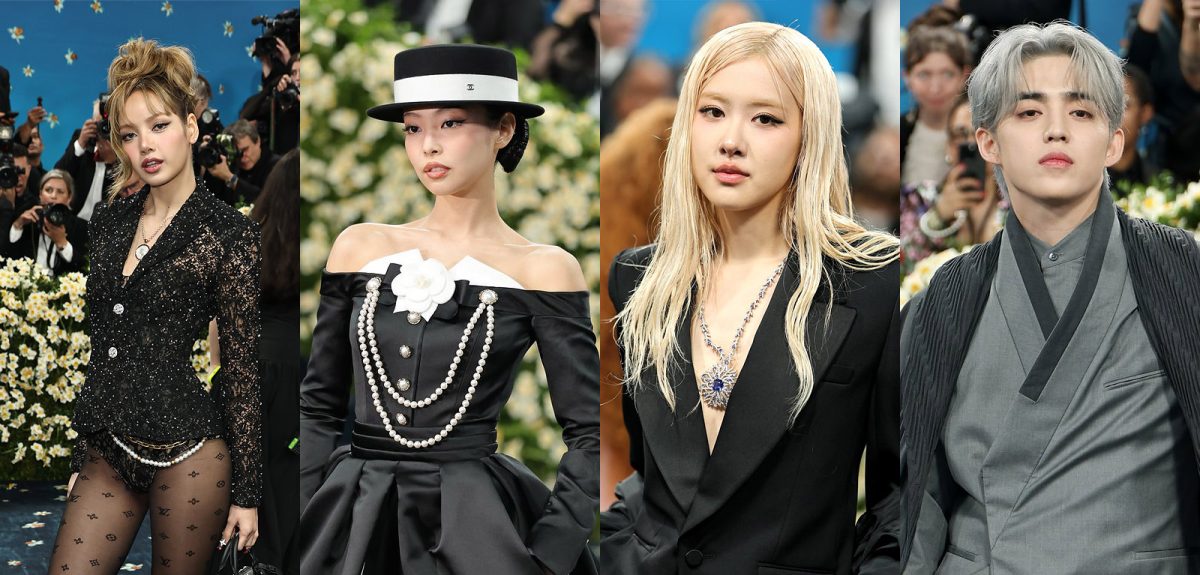
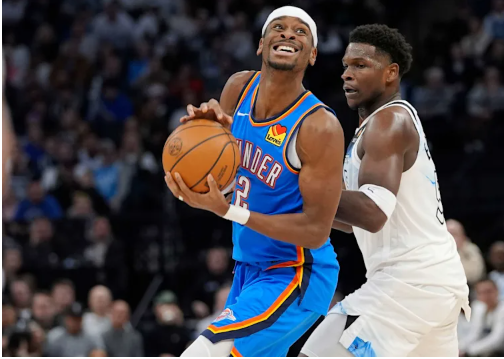

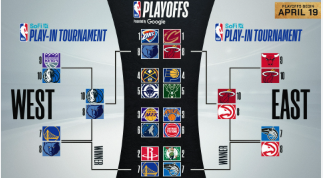
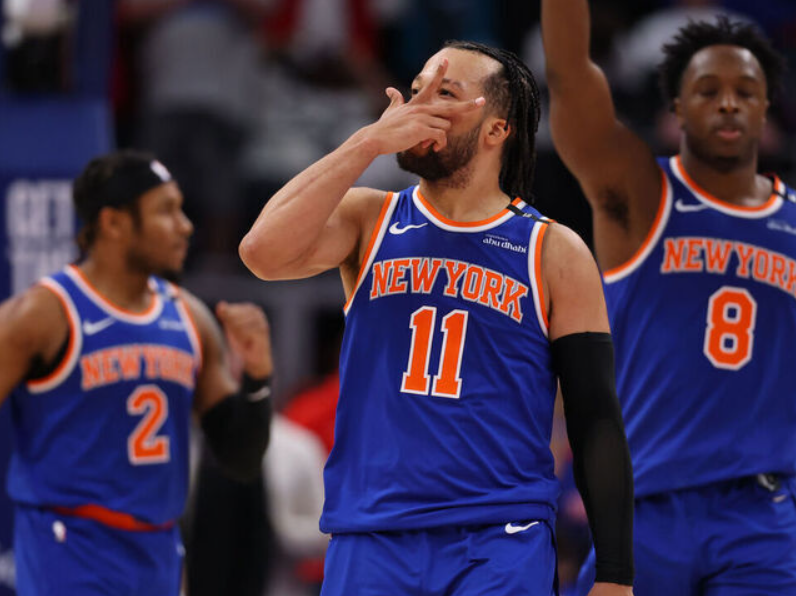
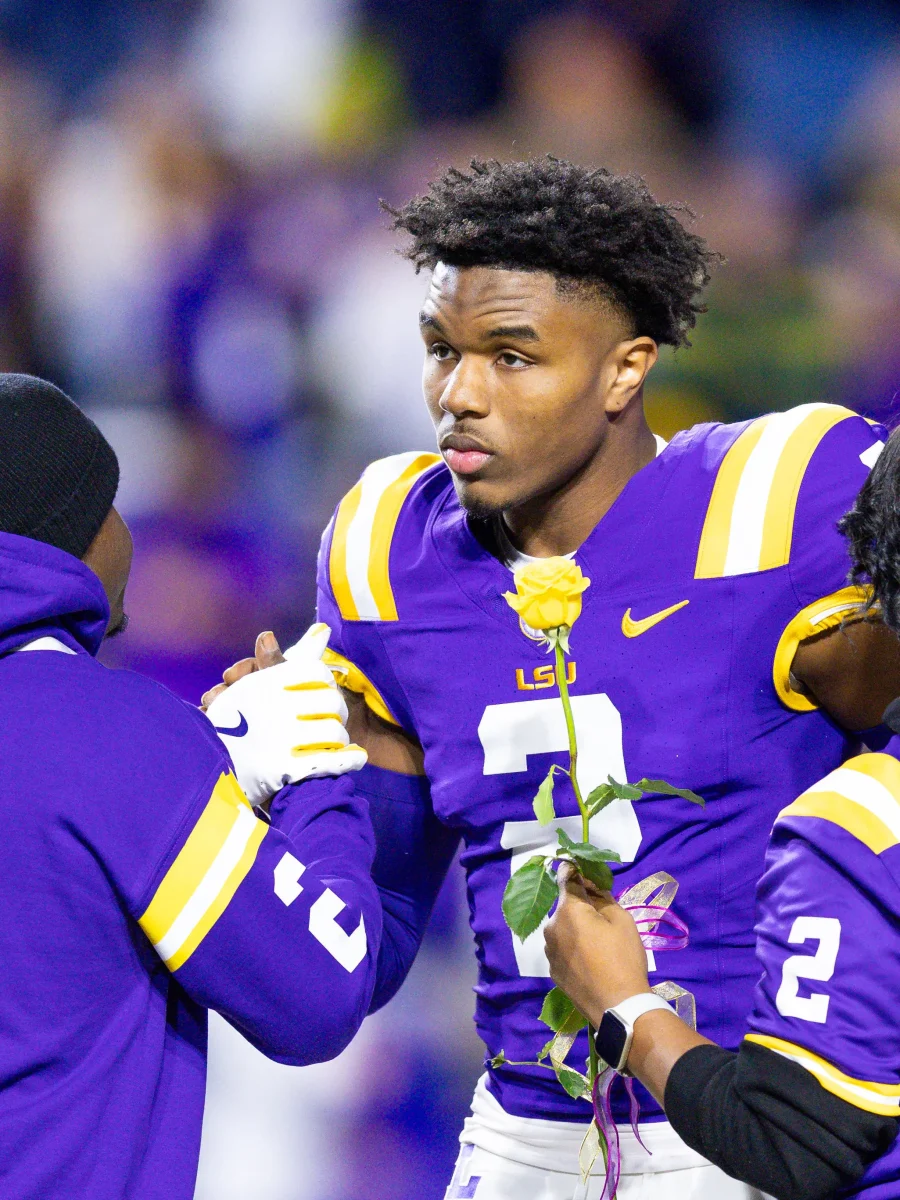
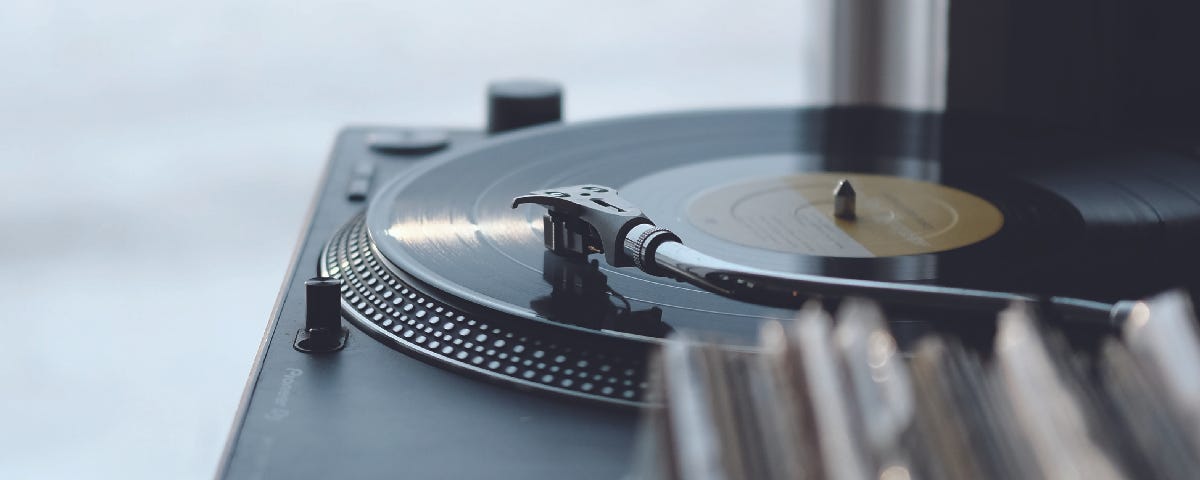
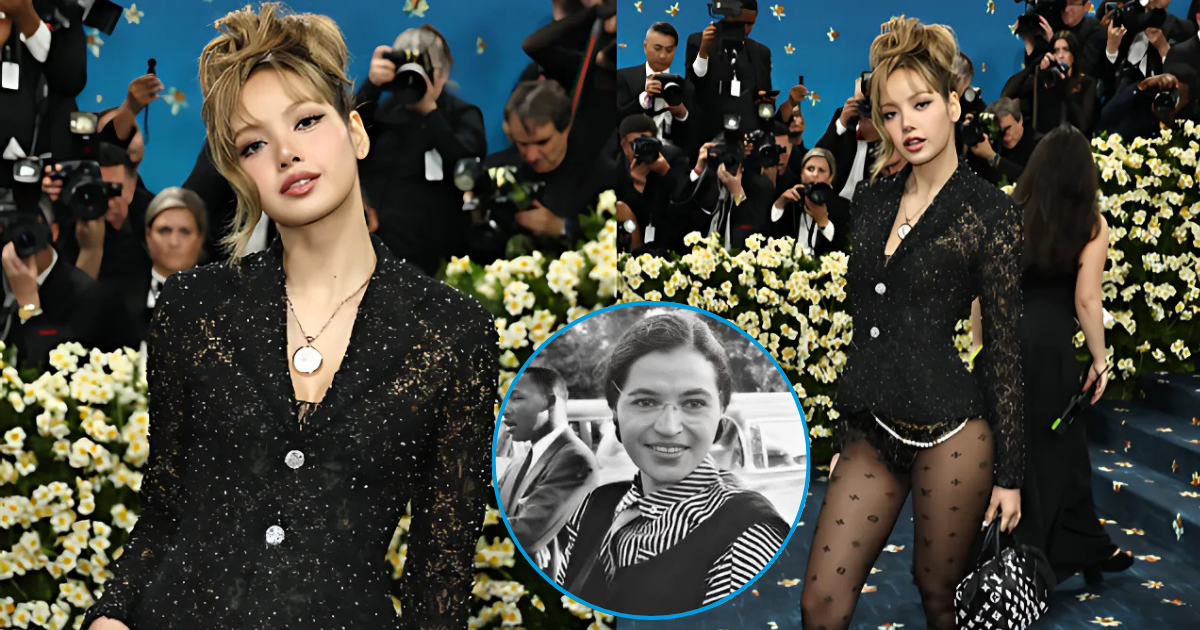

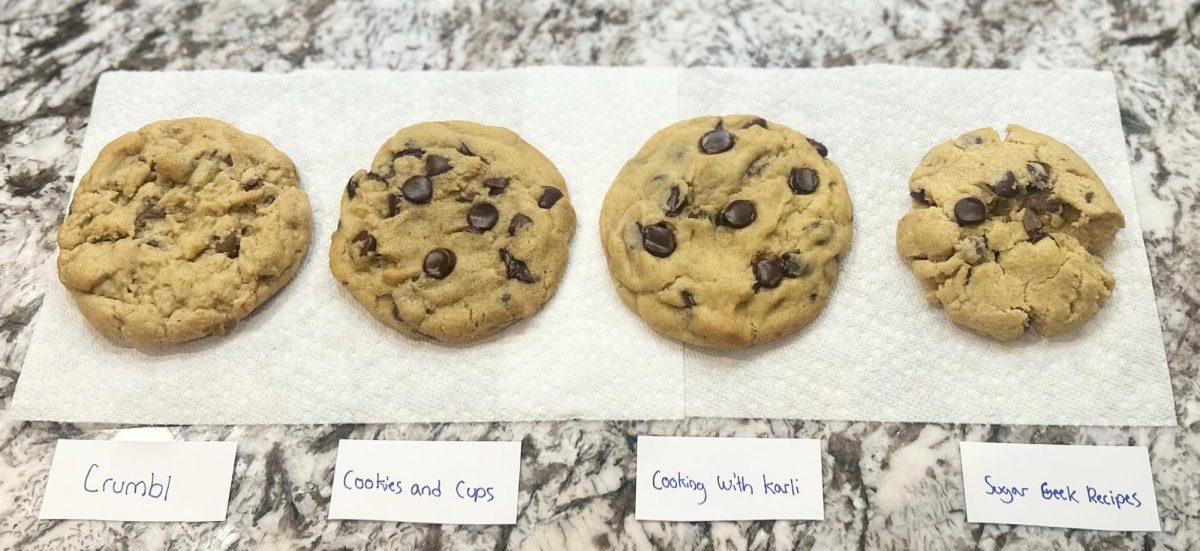
Eva George • Feb 28, 2025 at 11:35 am
Brilliant article. Very insightful.